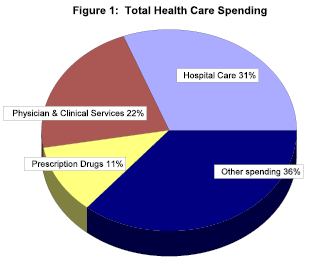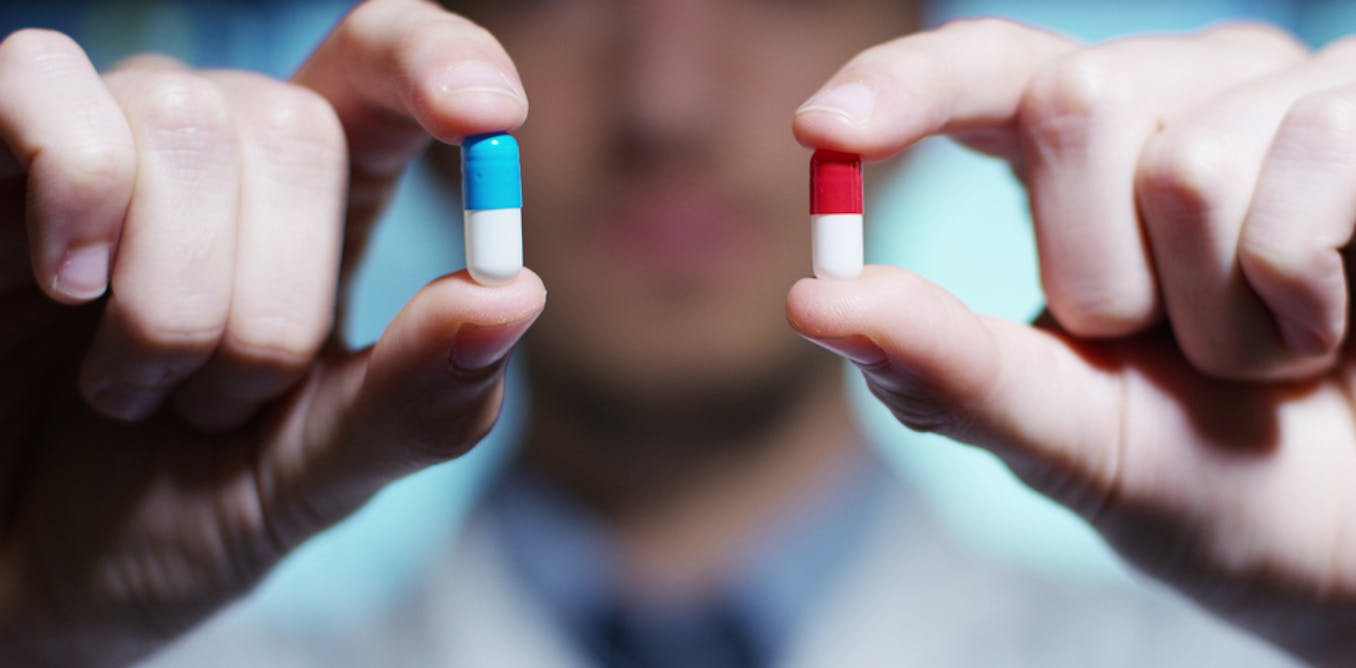Generic drugs are replicates of brand-name drugs that come with the same dosage, intended use, effects and side effects, route of administration, risks, safety, and strength as the original (patented) medication. Generic drugs usually are more affordable than the brand name drugs they have patterned after.
This situation occurs for a number of reasons. The first is that the manufacturer of parent medication has spent considerable resources on the research, development, marketing, and promotion of the drug. Hence these incident costs are usually included in the final price of the drug. On the other hand, generic medicine is developed after its parent drug runs the course of its patent rights, which often spans close to 20 years. For example: co-aleva. A generic drug comes to the market quicker and cheaper because it bypasses most of the base costs/processes associated with producing the parent drug from scratch.
http://groupspaces.com/genericdrugs/
Abbreviated New Drug Application (ANDA)
A generic drug product is one that is comparable to an innovator drug product in dosage form, strength, route of administration, quality, performance characteristics, and intended use. All approved products, both innovator and generic, are listed in FDA's Approved Drug Products with Therapeutic Equivalence Evaluations (Orange Book).
Generic drug applications are termed "abbreviated" because they are generally not required to include preclinical (animal) and clinical (human) data to establish safety and effectiveness. Instead, generic applicants must scientifically demonstrate that their product is performs in the same manner as the innovator drug. One way applicants demonstrate that a generic product performs in the same way as the innovator drug is to measure the time it takes the generic drug to reach the bloodstream in healthy volunteers. This demonstration of “bioequivalence” gives the rate of absorption, or bioavailability, of the generic drug, which can then be compared to that of the innovator drug. To be approved by FDA, the generic version must deliver the same amount of active ingredients into a patient's bloodstream in the same amount of time as the innovator drug.
https://www.fda.gov/Drugs/DevelopmentApprovalProcess/HowDrugsareDevelopedandApproved/ApprovalApplications/AbbreviatedNewDrugApplicationANDAGenerics/default.htm



